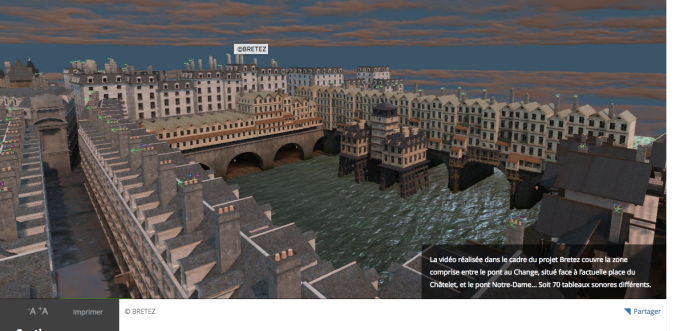Hace unos posts, allá por principios de año, Alfons despedía al Morbid Anatomy Museum de Brooklyn NYC que cerraba sus puertas. El museo sigue cerrado pero su gente, sus creadores, sus visitantes siguen vivos y bien vivos (de museos cerrados pero vivos en este blog sabemos algo, pero no vamos a eso ahora). Hoy se han descolgado con una nueva entrada en su blog.
Con el pretexto de una reseña que Laetitia Barbier escribe sobre un libro que parece realmente interesante, Graven Images: The Art of Woodcut, de John Crabb, que aún no ha salido siquiera del horno (lo publicará la British Library), nos regalan unos grabados de monstruos(os) renacentistas y barrocos. Que en los siglos XVI y XVII no todo eran iglesias, santos, y estatuas canónicas. Aunque peleas religiosas las había hasta decir basta (no os perdáis la anabaptista degollando un niño ante el spavento del presbiteriano) …
| Friendly Demons Frolic in a Satanic Farandole: Book Review of «Graven Images: The Art of Woodcut,» by Jon Crabb for British Library Publishing
Posted: 23 Jun 2017 06:20 AM PDT
|







